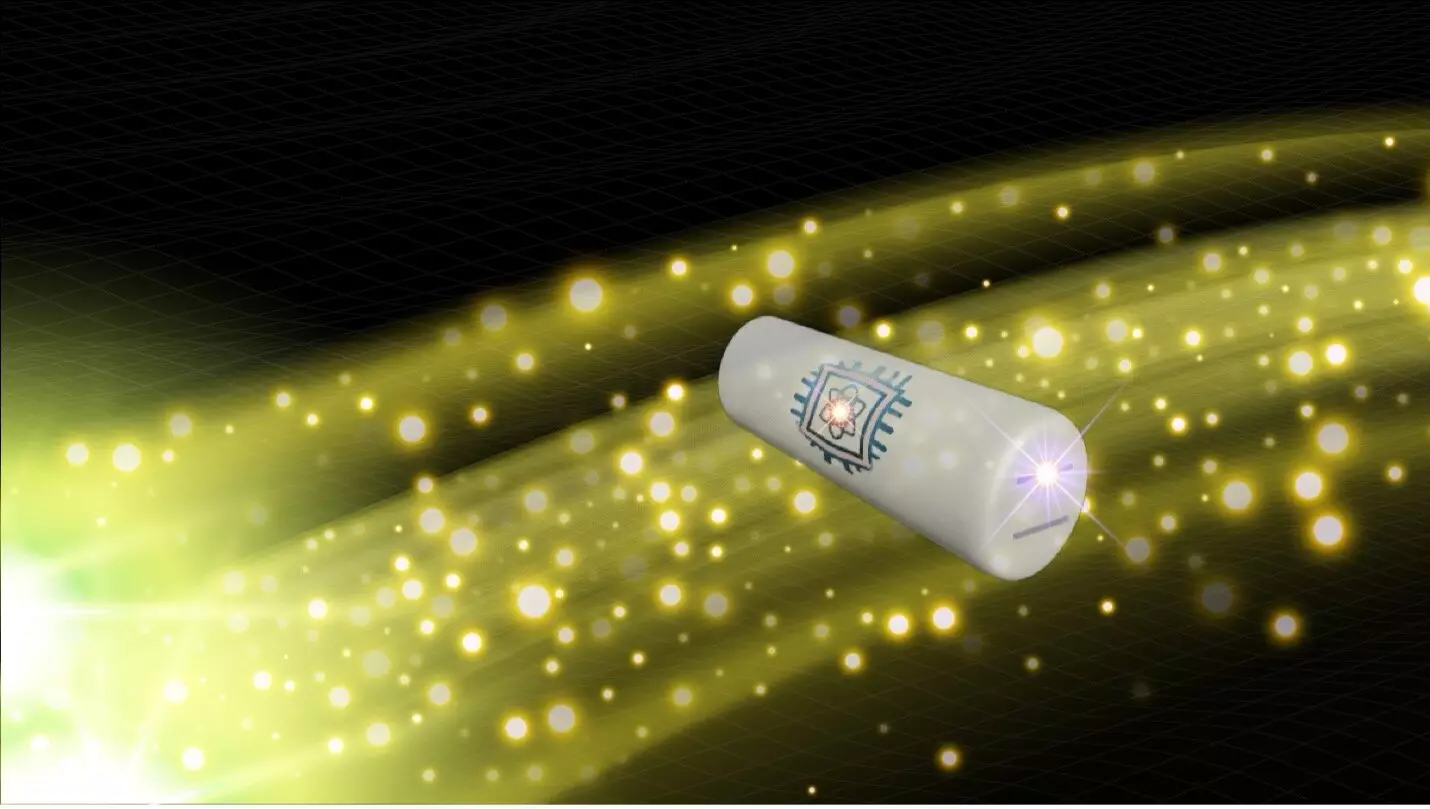Gravity, one of the fundamental forces of nature, governs the motion of celestial bodies and influences everything from the falling of an apple to the orbiting of planets. For over a century, physicists have grappled with the complexities of gravity, particularly since Einstein redefined it as a curvature in spacetime. Yet, unlike other forces that have a solid foundation in quantum mechanics, gravity’s quantum aspect remains elusive. At the heart of this quest lies the concept of gravitons—hypothetical elementary particles thought to be the quantum counterparts of gravitational forces. A research team led by Igor Pikovski from Stevens Institute of Technology is making strides toward the dream of detecting these elusive particles, marking a potential breakthrough that could reshape our understanding of the universe.
The Innovative Research Team and Their Findings
Pikovski’s team, comprising graduate students Germain Tobar, Thomas Beitel, and postdoctoral researcher Sreenath Manikandan, recently published groundbreaking results in *Nature Communications* that propose a method for detecting single gravitons. Their approach is audacious; previously, such an endeavor was deemed impossible. Pikovski expressed optimism, stating, “We think we’ve found a way to do it.” The crux of their proposal involves utilizing advanced quantum sensing to leverage existing technologies like acoustic resonators, providing an innovative bridge to uncover the universe’s gravitational whispers.
Gravitons are theorized to be the fundamental units that carry the force of gravity, much like photons serve as the carriers for electromagnetic forces. While the existence of gravitational waves has been confirmed through massive detectors like LIGO, the detection of individual gravitons has remained a tantalizing mystery. These waves, generated by catastrophic cosmic events, are presumed to be made up of an incomprehensible number of gravitons. The challenge has always been that direct detection of these particles has remained fanciful due to their elusive nature and the technological limitations of existing devices.
Proposed Detection Method: The Gravito-Phononic Effect
The breakthrough in Pikovski’s research lies in their proposal of what they term the “gravito-phononic effect.” By cooling a specially designed material and monitoring subtle energy fluctuations, this experiment plans to observe quantum jumps—discrete changes in energy that signal the absorption or emission of a graviton. This method mirrors the photoelectric effect, where light interacts with a material, leading to quantized energy transitions. Such an approach presents a unique opportunity to explore quantum gravity in unprecedented detail, pushing the boundaries of current physics.
Particularly compelling is the connection to LIGO’s data, which allows Pikovski’s team to cross-correlate gravitational wave signals with their proposed detection system. The LIGO observatories are adept at capturing gravitational waves but fall short of isolating individual gravitons. By employing sophisticated data analysis techniques, the researchers believe they can refine their experiment’s predictions to detect these elusive particles effectively.
The application of previously-underutilized Weber bars—a type of thick, heavy cylindrical detector—also serves to bolster their quest. These bars, originally designed to measure gravitational waves, possess properties conducive to the processes of graviton detection. By adapting these technologies in the context of quantum events, the team is attempting to bridge the chasm between macroscopic and quantum gravitational interactions.
Despite the excitement surrounding this proposal, significant hurdles remain. As acknowledged by Tobar, while quantum jumps have been documented, capturing these events at the required scales is yet to be achieved. However, technological advances in quantum sensors are accelerating, providing ample motivation to refine and innovate further.
The implications of successfully detecting single gravitons would be monumental. It could potentially unify quantum mechanics with general relativity, opening the door to a more coherent understanding of our universe. The detection of single gravitons could usher in a new era of physics, challenging existing paradigms and inspiring fresh philosophical debates.
The groundbreaking work led by Igor Pikovski and his team represents a crucial step toward addressing one of the most profound mysteries of modern physics—the nature of gravity at its most fundamental level. While the journey toward detecting single gravitons is fraught with challenges, the innovative spirit and collaborative adaptation of existing technologies could soon make this dream a reality. The understanding of gravity could very well evolve into an integrated concept within the quantum realm, potentially leading humanity closer to unveiling the universe’s deepest secrets.


Leave a Reply